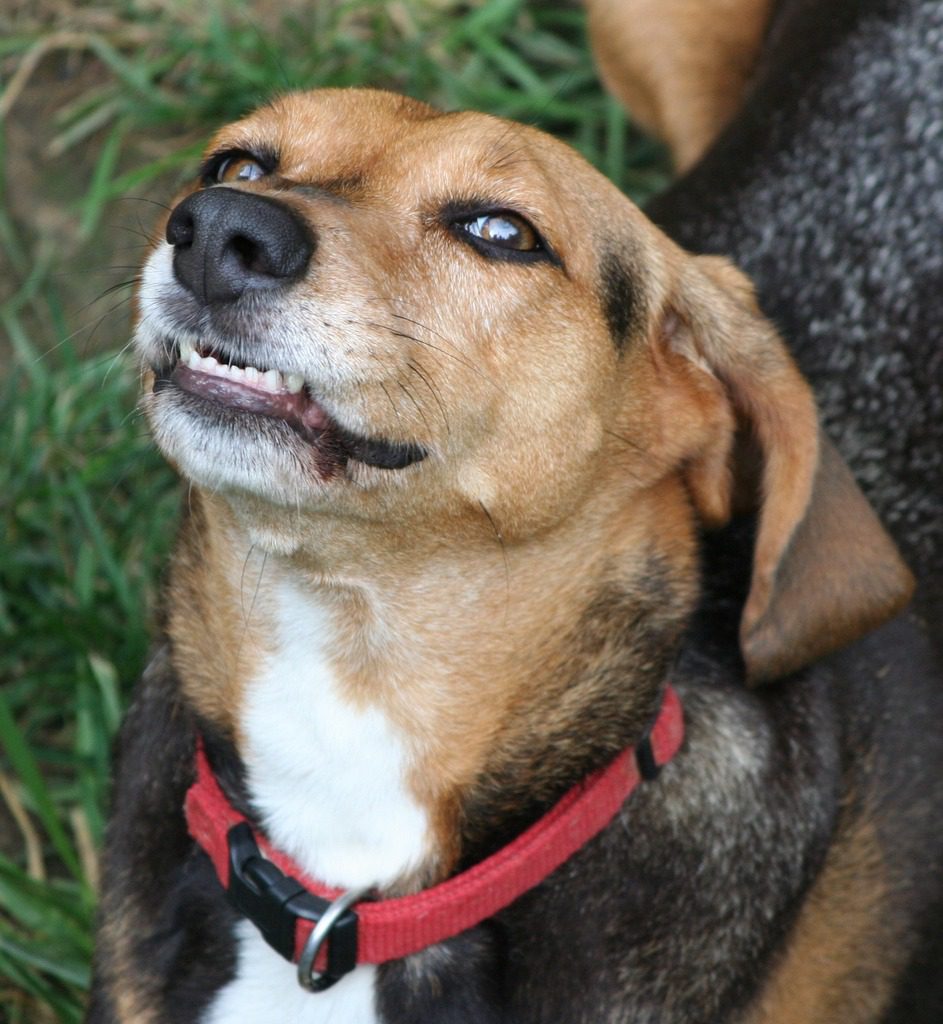Photo Source: pxhere.com
Looking after your pet’s teeth is critical to keeping them healthy and pain free. You can read more about the health issues associated with dirty or infected teeth and gums here.
These effective home dental care tips means that time between dental cleanings will be longer. It also means that the cleaning will be less invasive with shorter anaesthetic time and will therefore be cheaper for the pet owner.
Four critical steps to healthy teeth for your pet:
- Correct diet
- Dental chews and treats
- Home brushing
- Annual Check-ups
1/ Correct Diet
Your vet is your best source of dietary advice for your pet. The Village Vet staff are professionally trained to read and interpret pet-food labels, advise on weight management and discuss options for your pet’s diet. You can read more about all these topics on our Weight Management article.
Chewing has an abrasive, mechanical action that helps breaks down and remove plaque (think of it as physically wiping the tooth surface). However, it is important to offer something that is safe (not too small, hard or brittle) yet still effective (does not shatter or break as soon as the pet chews it).
Daily Food Choices – Wet vs dry
Due to it’s mild abrasive action on the teeth, kibble is an excellent way to control bacterial plaque. Dry food (kibble) also provides adequate chewing exercise and gum stimulation.
Avoid giving your pet sweets and table scraps as they may also increase plaque and tartar formation.
If wet food is preferred, try using a combination of both wet food and kibble or pay special attention to the chews and treats you supplement their diet with.
Your veterinarian may recommend the use of special dry foods designed to reduce plaque and tartar build-up such as Hills Prescription Diet T/D, especially if your pet is prone to dental problems due to their breed or individual genetic history.
2/ Dental Treats
Make sure the dental treats you give you pet are scientifically tested and actually work. They should be flexible enough for your pet to sink their teeth into. It should flex, dent or crumble as your dog chews it.
Look for a treat or chew that the tooth will “push through” with some friction. This Hill’s Prescription Diet T/D video demonstrates how a chew is supposed to work when it is effective:
Raw Bones
We recommend human grade meaty bones always raw and always supervised. There must be enough meat on the bones for your dog to sink their teeth into. It is important to note that the experts remain divided on this topic as bones are not without some risk. Potential complications can be tooth fractures, gastrointestinal obstruction and food poisoning such as Salmonella.
More information on bone choices can be found here.
3/ Brushing Your Pet’s Teeth
If your pet will allow it, and some pets instinctively love it (honestly!) brushing is the single most effective way of controlling plaque.
Dogs and cats can have their teeth brushed in order to eliminate the dental plaque that can cause tooth decay and the formation of tartar, which can lead to gum disease.
You should begin a regular, daily brushing routine as soon as you bring your new pet home or, in the case of puppies, at six to eight weeks of age. Even older dogs or cats can be trained to accept having their teeth brushed. You simply need to introduce the activity gradually and make the experience a positive one for your pet, using the technique your veterinary professional or your dog trainer has taught you. Reassure and praise them profusely throughout the process and reward them with a very special treat when it’s finished.
Here’s how it can be done:


Phase 1
Start by dipping a finger in beef stock for dogs and tuna water or warm water for cats. Rub this finger gently over your pet’s gums and one or two teeth. Repeat until your pet seems fairly comfortable with this activity.
Phase 2
Gradually, introduce a gauze-covered finger and gently scrub the teeth with a circular motion.
Phase 3
Then, you can begin to use a toothbrush, either an ultra-soft model designed for people (baby tooth-brushes work well for cats) or a special pet toothbrush or finger brush, which is a rubber finger covering with a small brush built-in at its tip. Always consult your veterinary professional about the most appropriate products and techniques for your pet.
If using a finger brush, transition to a soft pet or baby’s toothbrush. Focus on the outside surfaces of the teeth and avoid placing your fingers between the upper and lower teeth.
Phase 4
Finally, once your pet is used to brushing, introduce the use of pet toothpaste in liquid or paste form. Most of these contain chlorhexidine or stannous fluoride – ask your veterinarian for their recommendations. Don’t use human toothpaste, as it can upset your pet’s stomach.
The Village Vet stocks a chicken or beef flavoured toothpaste suitable for pets as well as training toothbrushes to get you started. Ask our receptionist next time you are in The Village Vet Pymble or Killara neighbourhood.
The earlier you start this in your pet’s life the easier you will find this process but it is never too early to start and absolutely worth a try!
4/ Yearly Dental Check-ups
Doing your best to ensure that your dog or cat receives the proper diet and regular brushing at home will help maintain his or her teeth and gums in top condition.
To provide optimum dental care at home, you need to start with a clean bill of dental health. That’s where your pet’s veterinarian comes in.
We will give your pet a thorough examination of the entire oral cavity to determine whether there are any underlying problems and importantly, tartar build-up. Brushing removes plaque but not tartar (dental calculus), so if your pet’s teeth do have tartar, your veterinarian will have to remove it with a professional cleaning and polishing.
Dentistry should only ever be performed under anaesthesia to prevent your pet from experiencing fear, stress and pain during the process.
Modern anaesthetic agents used by veterinarians are very safe; they are often the same anaesthetic agents used by human anaesthetists. Anaesthetised animals are closely monitored by veterinary staff and anaesthetic complications are extremely rare. Even older pets and those with chronic diseases including heart or kidney problems, can undergo anaesthesia safely but may need some extra tests and precautions. Your vet can advise you on the best course of action.
After removing the tartar above and below the gum line, your veterinarian will treat your pet’s teeth with fluoride and will provide you with instructions for home care and follow-up.
Summary
No one product or method is 100% effective – even if you do everything perfectly your dog may still need professional dental care from your vet from time to time. Just remember that people who brush and floss and use mouthwash still need to see their dentist regularly for scaling and polishing.
With the right care and attention from you and your vet, you can keep your pet’s teeth and gums in great shape.
Source
- *Vets Choice Article by Dr Alice Marshall, Registered Veterinarian (NSW VSB)
- MSD Animal Health
- RSPCA, How should I take care of my cat or dogs teeth.
- Greenies
- Hills


